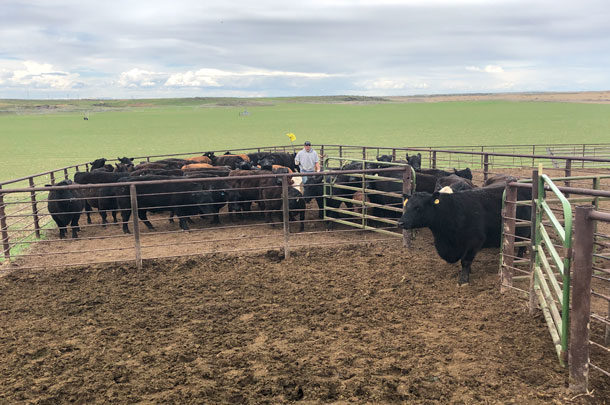The first category was the low-input, low-output customer. These ranchers had thin cows, rusty pickups and brown grass. They only called the office on occasion (maybe to finance a 30-year-old tractor). When sale time came, they had calves to sell, albeit 350-pound calves. Yet, it worked. Their calf check was small, but so were their bills. They never got a visit when the CEO was in town (there wasn’t much to look at), yet they paid their note when it came due. Not a pretty customer, but hardly a bad one.
There were the high-input, high-output customers of the portfolio. You kept a close eye on these ranchers. They bought new stock trailers, revolved their operating line like a hotel door and always had a new scheme up their sleeve. They’d call, “Hey, can we chat? I’m going to come by the office next week. I need to buy 200 more mother cows to breed to Wagyu bulls. I’ve got it all penciled out, but I am going to need some money.” They borrowed a lot of money, spent a lot of money, but they also made a lot of money. You’d bring the CEO to their ranch during the peak years and did your best not to draw upper management attention in the bad years. They were the best and worst kind of customers, depending on the cattle cycle.
Then there were the low-input, high-output customers. These ranchers produced pounds of calf out of thin air. They drove old trucks, lived in modular homes and prided themselves in never feeding hay. Their cows (not unlike themselves) thrived on stubbly winter pasture. You would love to show off these customers to the CEO, but he would never see the magic. Only a fellow rancher could really relish the mystical qualities of a low-input, high-output producer. One day, and that day might come soon, these ranchers would not need you, their loyal and envious banker.
Then there were the high-input, low-output customers. By principle these customers were avoided, yet they were notoriously hard to spot until after loan docs were signed. They were the customers who had all the ideas and did all the “things,” but it didn’t seem to make any money from their cattle. They were the early adopters of in vitro fertilization (IVF) technology, only to lose three-quarters of their calves to scours. They fed silage to mother cows out in the pasture. They sold Angus bulls in a flooded marketplace and bought new equipment to save on repair cost. You didn’t lend to these ranchers unless they had substantial nonfarm income and some did. “This” was their dream, it didn’t matter how much it cost. Though hardly the ideal customer, these guys had a place in the portfolio too. And no, they did not get a visit from the CEO, and you prayed (hard) they kept their day job or you might lose yours.
Back then, I dreamed of what kind of rancher we would be. Today, I know what kind of ranchers we are. And, this year at least, we find ourselves in the center of option No. 4, living the “dream.” ![]()
Erica Louder is a freelance writer based in Idaho.
PHOTO: The Louders "live the dream" on their ranch in southern Idaho. Photo by Erica Louder.









